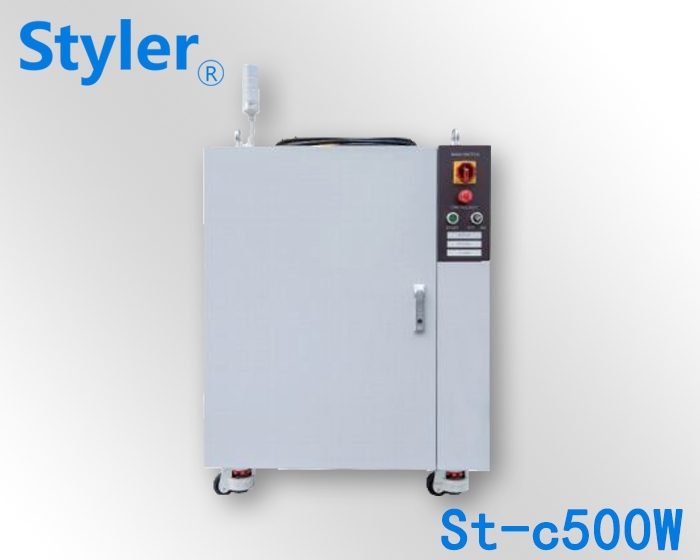
 Your location:
Home > News
> Company news
> What are the advantages of fiber laser welding machine
Your location:
Home > News
> Company news
> What are the advantages of fiber laser welding machine
Publisher: Administrator Date:2021-11-11
Fiber laser welding machine It's aLaser welding equipment, it can process multiple beams at the same time, and can realize more precise welding. It is applied to the precise welding of optical communication devices, precision parts of clocks and watches, automobile steel sheets, etc. So optical fiber Laser welding machine What are the advantages?
1. Multi optical path design, which can cooperate with automatic production line to realize multi station simultaneous or time-sharing processing, with simpler operation and wider application.
2. The optical fiber welding joint adopts aluminum alloy and plastic grip design. The switch is at the grip. The optical fiber is 5 meters long, which can be operated by left and right hand-held and manipulator.
3. The optical fiber welding joint is expandable, detachable and equipped with various fixtures to realize different types of welding.

4. Multi optical path laser spot welder pulse type Optical fiber transmission laser welding machine Cooperate with the automatic line to realize less or unmanned production;
5. Power density of fiber laser welding machine power density is one of the key parameters in laser welding processing technology. With high power density, the surface layer can be heated to boiling point in microsecond time range, resulting in a large amount of vaporization. Therefore, high power density is favorable for material removal processing, such as punching, cutting and engraving. For low power density, it takes several milliseconds for the surface temperature to reach the boiling point. Before the surface vaporization, the bottom layer reaches the melting point, which is easy to form a good melt welding.
6. Laser pulse waveform about laser pulse waveform, has always been an important problem in laser welding technology, especially in sheet welding. When the high-intensity laser beam hits the material surface, 60% - 98% of the laser energy on the metal surface will be reflected and lost, and the reflectivity changes with the surface temperature. The reflectivity of metal varies greatly during a laser pulse.
 Tel: 13580722659
Tel: 13580722659  Fax: 0769-81306766
Fax: 0769-81306766  Email: sales@styler.com.cn
Email: sales@styler.com.cn  Website: www.styler.com.cn
Website: www.styler.com.cn  Address: Building D, No. 81, Huahong Commercial East Street, Zhenxing North Road, Gaopo Town, Dongguan City, Guangdong Province
Address: Building D, No. 81, Huahong Commercial East Street, Zhenxing North Road, Gaopo Town, Dongguan City, Guangdong Province 